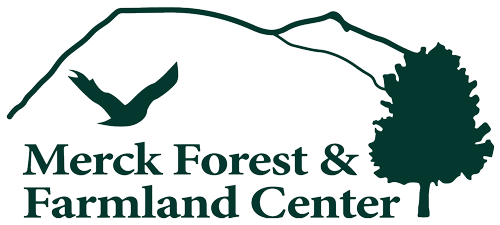Our sugarbush* has approximately 3,000 taps with the capacity to scale up as we strike a balance between
- Profit
- Energy consumption
- Landscape impact
- Staff time
In order to model “best practices” in sustainable land use, finding this balance among these elements is an important part of our work.

Sap is harvested with a two percent sugar content. Boiling concentrates the liquid to a 67% sugar content, and forty gallons of sap are boiled down to one gallon of maple syrup. Our product is 100% certified organic by the Vermont Organic Farmers, LLC.’s, Organic Certification Program.
“Off Season” – May/November
- Downed limbs are removed from the sugaring lines, which are then repaired & cleaned.
- Tree health is evaluated & trees to be tapped in spring are identified.
- Vacuum lines are checked.
- Cordwood is processed and stacked at the Sap House.
Tapping Season – December/January
Trees twelve inches in diameter or greater may be tapped.
A hole is drilled at a slight upward angle +/- 2 inches deep.
A “spile” or tap is inserted into the hole and attached to a down-tube; the down-tube feeds into a conductor line. Gravity and a vacuum pull sap down through the conductor line to our “marshmallow”, a storage tank at the saphouse.
Sugaring Season – February/April
Nighttime temperatures plunge and daytime temps rise above freezing in Vermont’s late winter landscape, creating changes in hydraulic pressures within tree tissues. This causes the sap to move up & down from roots to branches.
In round-the-clock sessions, staff run the wood-fired evaporator to boil off excess water, to turn the sap into syrup.




